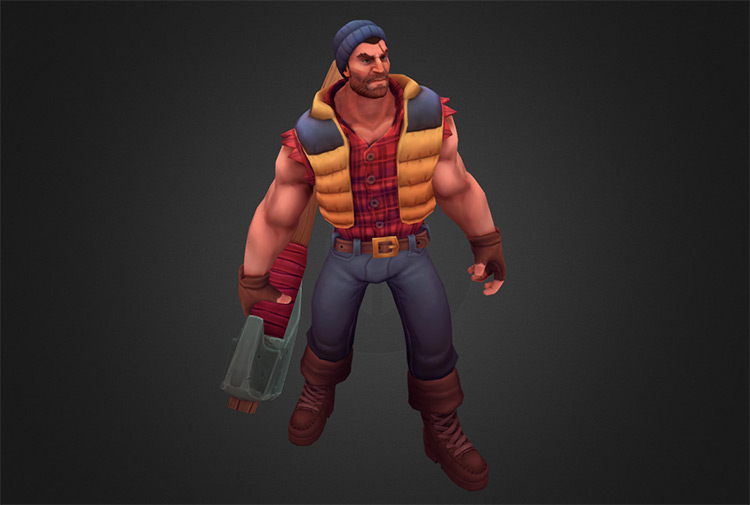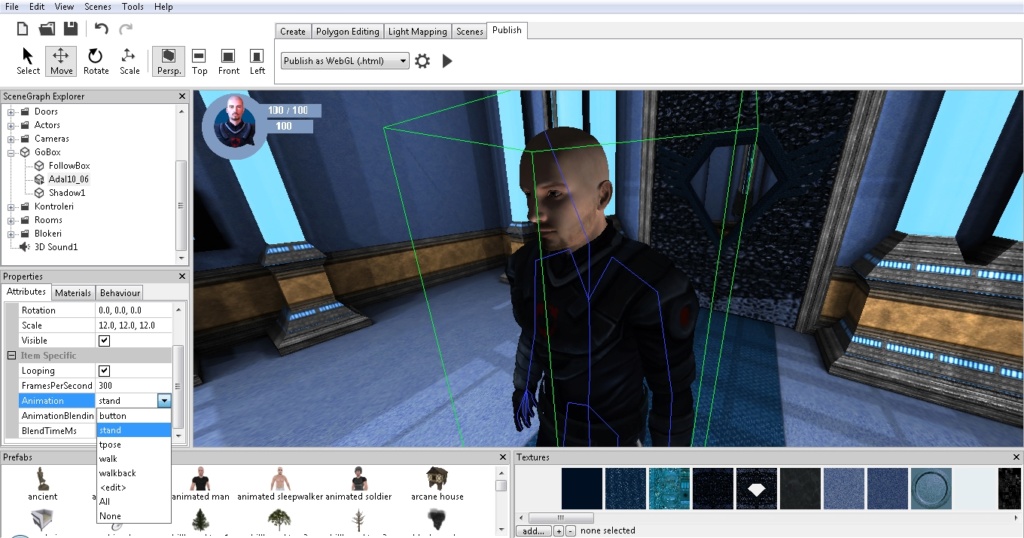
- NOT YOU IMPORT 3D BLENDER MODELS INTO UE 4 HOW TO
- NOT YOU IMPORT 3D BLENDER MODELS INTO UE 4 SOFTWARE
- NOT YOU IMPORT 3D BLENDER MODELS INTO UE 4 DOWNLOAD
Īnd finally, repeat the last steps for the rest of the provided textures until you end up with material as illustrated in the following image. While the newly added Texture Sample node is selected, in the left panel under Material Expression Texture Base assign the T_RubberDuck_D texture. Once you see it selected in the pop-up menu, hit enter. Now, drag the new line out of the Base Color pin and start typing TextureSample. Double-click on the material that has been imported with the model to open it, select the Param node, and press Delete.
NOT YOU IMPORT 3D BLENDER MODELS INTO UE 4 DOWNLOAD
If you haven't already, download all these textures and drag them to your UE project as well. The last thing we need to do is to create a material for our static mesh (model imported to UE). I also renamed material and static mesh itself to follow common UE naming conventions Now, when all our work in Blender is finished and the output is RubberDuck.fbx file (or as you named it) we can conveniently import it to UE just by drag and drop in the content browser. When we save to our fbx file that the duck faces along the X-axis and its head points up along the Z-axis, the orientation in UE will be correct, because in UE the positive X-axis is associated with the forward vector and the positive Z-axis with the up vector. Blender uses the right hand coordinate system with the Z axis pointing upwards. If you now ask why the forward is X Forward and up is Z Up, excellent question! See how the duck is now oriented and how axes are labeled in Blender. Notice you could also change scale here, but keep in mind that some importers don't support scaled armatures. Go to File → Export → FBX (.fbx) and in the dialog that pops up, select from Object Types only Mesh, set Forward axis to X Forward and Up to Z Up, and then hit Export FBX.

Now it's time to export the model to fbx format. Once you apply all transforms, these values will be back at their defaults. While the duck is still selected, in the right panel change scale to 0.001 and rotation around Z-axis to 90°, then repeat the previous step to apply all transforms again. Going into details would be outside the scope of this post, but even as a programmer, I recommend learning the basics of Blender. Changes made in the object mode in Blender have to be applied. Then select the model with Left Mouse Button (LMB), press Ctrl+A and in the pop-up menu click on All Transforms (or press A).

Scroll with the mouse wheel down until you see the whole duck. Others are covered by addons.Īfter you import the RubberDuck.dae file, the mesh will be huge and your view ends up being inside. Blender allows you to import models in several different formats by default. Now go to File → Import and because our rubber duck model is in dae format (which is not compatible with UE) select Collada (Default) (.dae). If you want to follow along, download the rubber duck model, open Blender, press A to select everything in the scene, and then hit Delete to prepare yourself a clean starting scene. I also renamed its textures to follow common UE naming conventions.

NOT YOU IMPORT 3D BLENDER MODELS INTO UE 4 HOW TO
In this post, I'm going to show you how to use Blender 2.8 to prepare almost any model so it could be conveniently imported to UE and how to create a material from provided textures directly in UE.Īs an example, I'll be using this rubber duck model made by Ikki_3d, which I've found on Sketchfab.
NOT YOU IMPORT 3D BLENDER MODELS INTO UE 4 SOFTWARE
However, the model you've got might have been exported from 3D modeling software to a format incompatible with UE or you might want to make some changes to the model itself. The import options dialog pops up when the asset in compatible format is drag and dropped in the content browser. Look under Transform in the import options dialog. You just drag and drop them in the content browser, let UE converts it to uassets, and puff, the job's done.Įven when the scale, rotation, and/or center point of your model is off, UE importer is clever and gives you an opportunity to correct them. When you're lucky, importing models to Unreal Engine (UE) is fairly simple.


 0 kommentar(er)
0 kommentar(er)
